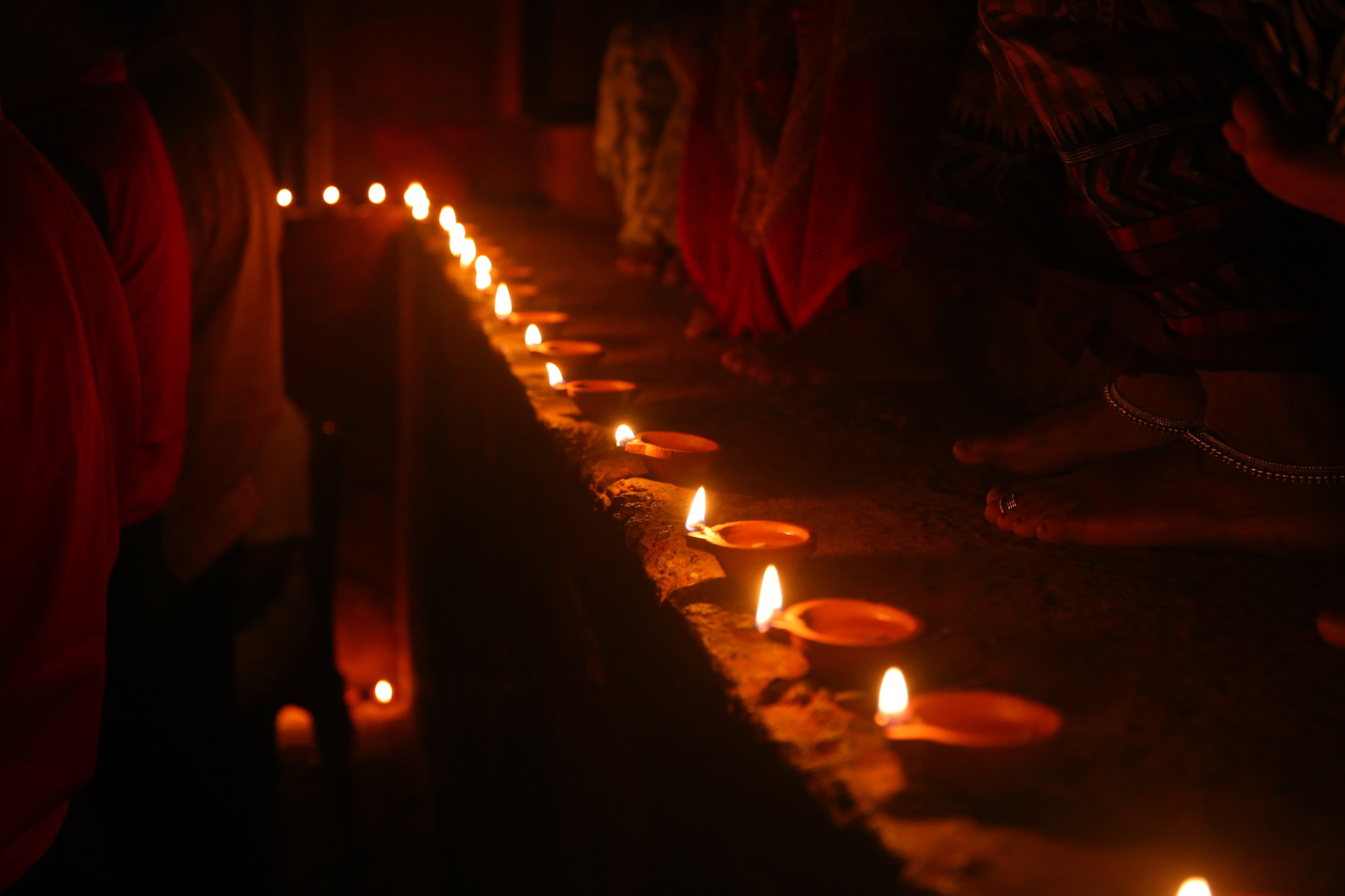
YOGIC DIET: The art of living without food
What is the yogic diet?
The yogic diet, or the art of living without food (Tamil: Unave illame valum kalai) is an adaptive, step by step program that favours certain types of foods, eliminates others, and ultimately reduces the total amount of food consumed. Holistic in its approach, the yogic diet also incorporates other yogic practices such as meditation, pranayama and asanas to support the changes happening in your body, and ultimately the change in lifestyle, mental fortitude and physical health that occur.
The basic premise of the yogic diet is that we can achieve good health and vitality with less food, by the removal and continued avoidance of toxins in our body and with the absorption of prana, or cosmic energy. We not need the amount of food we consume in this day and age to function well. The ability to absorb prana is an inherent ability of all human beings, and is likened to the ability of plants to convert sunlight into sugars for their food; sunlight is one of the best sources of prana. Prana is in everything, it is what creates vitality in life, though the amount of prana differs – the prana of junk food versus fresh, homegrown vegetables for example, or polluted city air versus the clean sharp air of the mountains. Our ability to absorb prana is limited by various environmental, emotional and physical factors, and if we can learn how to successfully navigate and overcome these limitations, we can harness the great vitality that prana absorption gives us. Reduction of food intake is both part of the path to becoming more able to cultivate prana and a result of increased prana absorption.
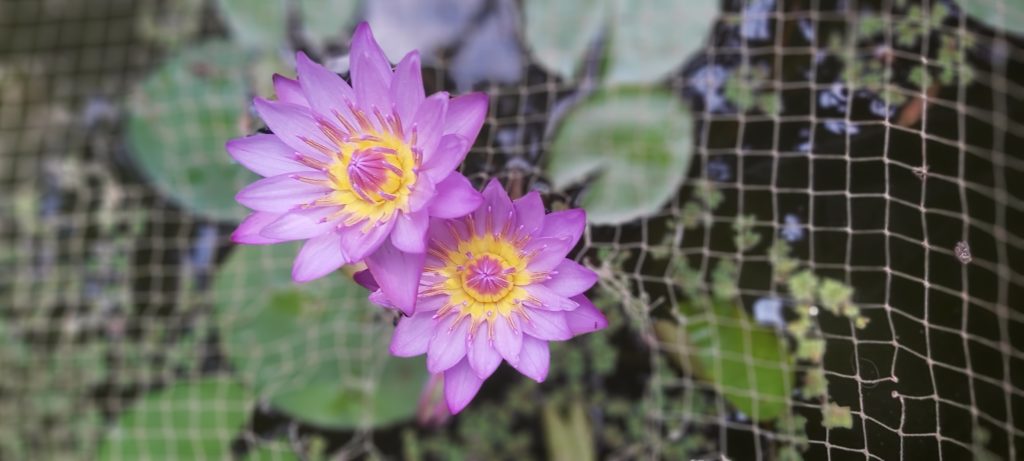
We are sharing this knowledge because we believe that this is ancient knowledge that belongs to all humans, and it can help with so many of the problems that we are facing in the world today. The new world needs this, we need greater connection to our bodies and minds to be the best we can be. The yogic diet should not be a secret and should be a tool that can be used by many, not the few, for the betterment of themselves and humanity.
Benefits of the yogic diet
The yogic diet has many benefits, both physical and mental. Physical benefits are directly linked to the removal of builtup toxins in the human body system, the resultant decrease in inflammation and the improved ability of the body’s organs to perform their function. It is almost impossible not to have a build-up of toxins in the modern world, as contaminants and toxins are so much more prevalent than they were even a hundred years ago. What is considered a normal diet these days, is full of processed foods and drinks that contain preservatives and any number of additives; our environment equally has many pollutants from the industrial nature of modern society. Even with a moderately healthy diet, there is likely to be unprocessed toxins within the body of the modern human. Mentally, levels of chronic stress, depression and anxiety are affecting larger and larger numbers of the global population, and these can also adversely affect the healthy functioning of the body, not to mention the impact that it has on overall happiness and satisfaction of life of the individual.
The human body is an amazing piece of machinery, and has its own inbuilt cleaning and healing mechanisms. The yogic diet helps these mechanisms to unclog and function smoothly, so that the body may purify itself and return to its optimum state.
These benefits may include but are not limited to:
Organ and system function: increased immunity, reduction of allergies, improved digestive function, improved skin and eyesight
Mental function: mental fortitude, clarity and calmness, ability to overcome challenges, stronger willpower
Non-communicable diseases: high blood pressure, diabetes, heart problems
Physical body: flexibility, fitness, stamina, weight loss
If you can change your lifestyle with this yougic diet, you can truly break your bad eating and other habits that cause imbalance and dis-ease in your system, and reap the benefits of living in this wonderful human body.
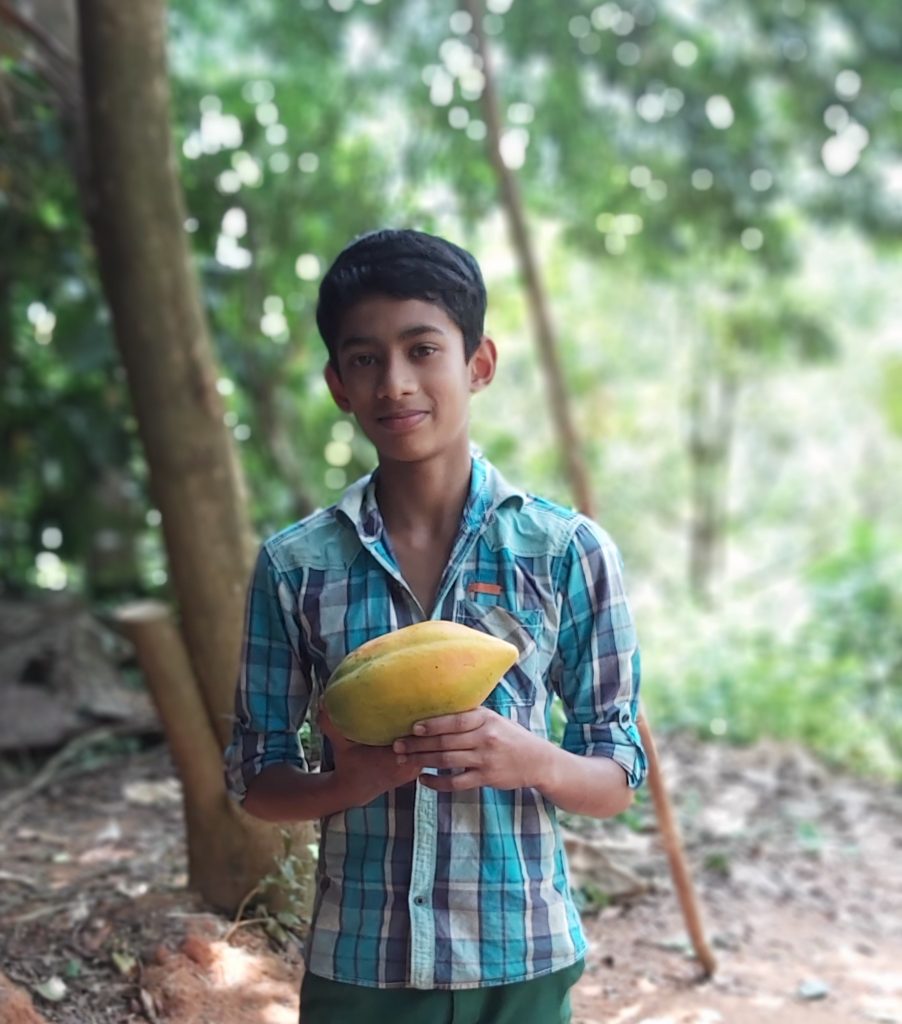
History of the yogic diet
The yogic diet in its current form is a synthesis of ancient writings, different theories and the experiential knowledge of individuals. It is from the South Indian state of Tamil Nadu, a neighbouring state to Kerala, and its earliest origins come from the Tamil classic text the Tirukkural (திருக்குறள், literally Sacred Verses, known also as the Kural), by the sage Thiruvalluvar. Written around the year 450CE, the Tirukkal consists of three books on virtue, wealth and love, and is considered a classic masterpiece in Tamil literature and one of the great works on ethics and morality of ancient India. The Tirukkal states ‘…let water be your diet and you need no medicine’ (v.942). Although there is no further explanation of this term, it is aligned with the ancient legends of yogis who live on very little, a tradition that lives on in many parts of India today, though most of these happen in ordinary life and are not famous documented (or scientifically-proven) cases.
The current lineage can be only be traced back three disciples, though it no doubt reaches back centuries, perhaps even to the time of Thiruvallavar. The story begins in Australia with a Tamil migrant, S. Venkatesan, who was working as a civil engineer. In the 1990s when Venkatesan was in his 50s, he developed a terminal illness which was said to be untreatable by the Australian doctors. Understandably, he was distraught at this news and sought to find other ways to cure himself, and turned towards the ancient teachings of Thiruvallavar and Tirumular, the legacy of his motherland. This took him on a journey back to his home state of Tamil Nadu to try and find any living yogis who carried on the lineage and actively practiced the healing techniques of the sages. In the hills of Tamil Nadu he found his guru, and lived with him for one year learning how to clean his body and mind, and healed his illness successfully.
Given a new lease on life, he became a strong advocate for the healing powers of the technique and began to spread the word, teaching many people the way. He researched other more modern theories that related to the diet and supported his lived experience and the wisdom of the yogis, gaining more knowledge of how the yogic diet could be explained and fit into the modern world. He named the diet ‘Continuous Natural Life on Water Diet – Yogic Method’. He ultimately offered himself as a subject of scientific experimentation and as a teacher to various Indian institutions, including the Indian Space Agency, as he was strongly convinced that living with minimal or no food in space could be of great use to the advancement of human knowledge and evolution.
One of his students was a Tamil farmer and yogi, Raja Swami, who lives and works still in Tamil Nadu today and who is the guru of Thomas Gurukkal of Kadathanadan Kalari Sangam.
Thomas’ Story
Nine years ago, I stayed with a friend of mine in Tamil Nadu for one week. During this time, I noticed that he didn’t ever eat anything, he just drank water. Intrigued, I asked him about it, what his secret was to being able to live on so little yet still seem so strong and vital. He said, this is the art of living without food (yogic diet), a teaching from the yogi Tiruvallavar in his holy book the Tirukkural (Sacred Verses). A lot of yogis learnt and knew this system, and it lives until the current day in Tamil Nadu, though only in a few secret places (places he obviously knew!).
As a kalaripayattu Gurukkal and practitioner of Kriya Yoga, I am a long-time student and adherent of the ancient Indian arts of self-inquiry and ways of living. I was naturally inspired to learn more and begin the practice. My friend became my guru, and taught me the technique. He taught me that many yogis are living without food, and that it is not a miracle, it is completely scientific. They live on the cosmic energy or life force (prana) that observed by our body directly from the sun and breath. I continued to observe my guru and his friends who he had taught, and found they were all taking only water and no food, yet they seemed to be more energetic than most people.
Some years later, I was still thinking about the yogic diet and began to practice properly under my guru, and under his direction I learnt many things. I was already vegetarian (including no eggs, as vegetarians are in India) when I began practicing, and had to cut out caffeine, refined sugar, alcohol and unfermented dairy. Together with special cleansing food and the supporting meditation and mental exercises, I began to clean my body gradually. I was still eating 3 meals a day, but I still found the first two months very difficult, and needed a lot of reassurance and guidance from my guru. After 2-3 months it became much easier, and by 4 months I had lost 15kg and my body was very lean, and my flexibility, fitness, and stamina were much improved. After this I reduced my food intake to two meals a day and I continued this for two months, after which I reduced to one meal a day. My aptitude for the technique was more advanced, and I wasn’t tired or hungry at all, and could still easily manage to teach, practice and massage in kalaripayattu, as well as fulfil all my farm and familial responsibilities.
If I have to eat foods that are not part of the diet, like if I go to a social function, I have the knowledge to cleanse my body for the few days afterwards. This is necessary in the modern world – I am not a yogi living in a cave!
I still see my guru most months and receive guidance on my practice. This is not imaginary, this is a real thing, if anybody comes to stay they will observe for themselves how I live and that this is my reality.
How yogic diet works
The yogic diet program is split into three stages. Stages 1 and 2 are residential, Stage 3 is able to be done remotely. This is because the chance of success is infinitely higher in residential programs; it is much easier to slip into old habits when surrounded by familiar food and the pressure of social situations. It is also essential to have constant guidance from the guru to successfully and safely make the transition.
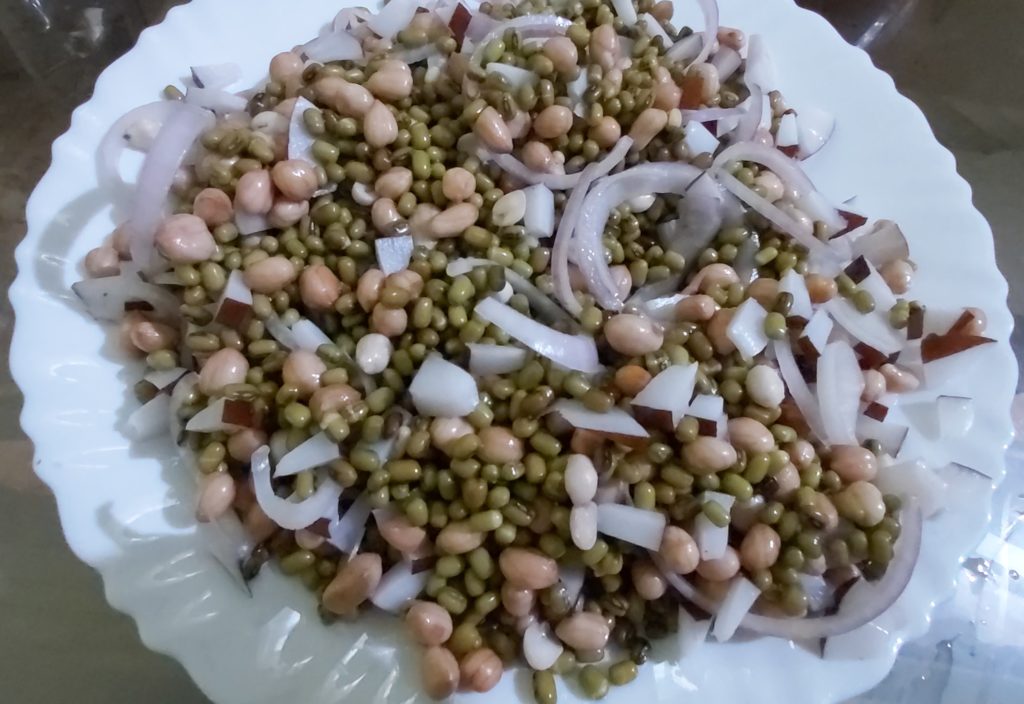
Stage 1 (6 months)
The first stage is the cleansing stage, and is probably the most difficult. It introduces the core teachings of the diet, including basic teachings of meditation, pranayama and asanas, and adherence to a certain diet consisting of both raw and cooked foods. The student is allowed to drink boiled water only, and caffeine, alcohol, refined sugar, meat, eggs and most dairy are gradually phased out. This stage still consists of three meals a day, and is aimed at helping the body remove toxins naturally at its own pace without any reduction in food consumption, but simply through the change of type of food and lifestyle changes.
Stage 2 (6 months)
This stage reduces food intake to two meals and the type of food consumed is further refined. Upon completion of Stage 1 the student will have cleansed their organism sufficiently and will be experiencing less side effects from the change in lifestyle, meaning they have more clarity and focus for internal aspects. Hence the yogic practices of meditation, pranayama and asanas are important for this stage. Boiled water is replaced by pure untreated water from a natural source.
Stage 3 (6 months)
The third stage further reduces food intake to one meal and the food is again refined. In this stage it is possible to reduce the quantity of cooked food and move towards raw foods.
The yogic diet is adaptive, and the specifics of the practice will vary from person to person. Each body has its own unique constitution and will react to the lifestyle change in its own way, according to its present state of health and its needs. The body will change over the course of six months, and these changes will be monitored by the guru to make sure that the practice is adjusted accordingly.
Apart from the meditation, pranayama and asana that are included as part of the practice, there is also the opportunity for the student to learn kalaripayattu at the sangam. Farm work is also available as an experience if they so choose in order to learn about life on a small organic tropical farm.
Ongoing telephone support is also available after the 6-month intensive from Thomas Gurukkal.
Is the yogic diet for me?
The yogic diet requires a change in lifestyle, and depending on your lifestyle and eating habits before embarking on the journey, it may mean a complete change. This is the same as the cleansing; the length of time it takes to cleanse and the type and severity of your symptoms are dictated by how quickly your body can clean itself and adjust. Step by step our body adapts and collects the prana from different sources, and becomes less dependent on food.
This diet may not be suited to everybody. Although the yogic diet is introduced gradually in a step-by-step process, there may still be physical discomfort as your body removes built-up toxins. The discomfort of not being able to eat foods that are part of your regular diet may cause withdrawals and cravings for some people, and this requires willpower and mental stamina to overcome. It is also normal to feel tired during the first few weeks as your body begins to cleanse. The extent to which you have a difficult time adjusting to the diet is directly related to your diet and food habits prior to beginning, your mental stamina and your experience (and success) with other lifestyle changes. These are the reasons why it is a 6-month residential program for both the first and second stages – you need support and the guru also has a duty of care that must be fulfilled when teaching a diet of this nature. You must be willing to commit yourself for at least six months in the beginning, and agree to follow the guru’s instructions.
The yogic diet may be challenging at times, but its benefits are deep and long-lasting and can help you to live a more healthy, free and joyous life.
If this sounds like it’s the right thing for you, feel free to contact us via the form below for more details.
Food can be medicine and food can be poison
We all eat. This is something we have in common, and we cannot get away from it (most of us anyway!). So we must have a relationship with food, and this relationship is influenced by so many factors; our cultural and genetic backgrounds, our body constitution, what we like and don’t like, what’s available, and the social circles we are in. Food is our lifeblood, and it can be a nourishing source of energy if we have a healthy relationship to it. Conversely, if our relationship to food is unhealthy, it can literally poison our body and mind.
Food triggers all kinds of chemicals in our brain, releasing pleasure responses or otherwise. The current dominant relationship to food in society is one of addiction; many of us do not have power to be discerning with what their food choices are, and will take what’s available regardless of its quality or impact on the body, as long as it can release the right chemicals in our brain. This creates mental weakness in terms of looking after ourselves, and it is in these situations that, over a long time, food can become poison, and we build up toxins in our system as it loses its ability to purify itself efficiently.
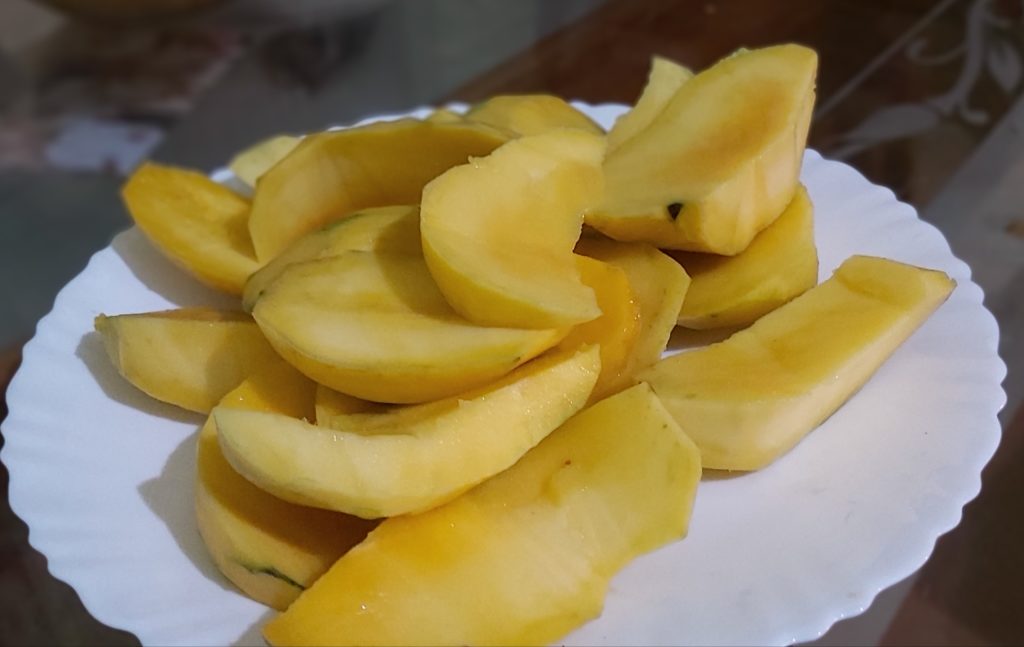
When we begin cleansing, our body starts restoring this ability and slowly it cleans out the builtup toxins. They MUST be properly excreted, because if not, they can enter our bloodstream and this is dangerous. The guru understands the healing process of the body and monitors your progress so that this does not happen, that is why it is important that you practice under guidance.
The yogic diet also will help you to increase mental stamina so that you can follow through with your new food and lifestyle choice, even in the face of temptation when you return home. We develop habits around food and they take a long time to break. Imagine your current food habits – some of them may be decades old. Our body does what we tell it; if we eat five times a day our body is used to eating that much food. With time and patience, we can retrain our body and mind.
Most of the food we use in the diet is organic, and much of it grown on our own farm. This type of food carries a different prana to that which is mass-produced, processed or has to be exported long distances and kept in cold storage to keep its freshness. The type of food we give you is medicine in its own right.
A case study
Thomas’ 66-year old mother suffered from many different ailments. For 12 years since her mid-fifties, she had been on a cocktail of medications for high blood pressure, Type 2 diabetes, and heart problems. She also had cataracts that required surgery that wasn’t able to be performed because of her heart problems, and had allergic reactions to dust and smoke. The outlook was not good.
She started the yogic diet on Thomas’ advice, and at first found it very difficult, but living together with somebody who already practiced it helped with willpower – strength in numbers! It didn’t take long for effects to start showing; within three months, her diabetes was almost controlled and her doctor changed her medications to be less and weaker. She also wasn’t experiencing chest pain from her heart problem, and discontinued that medication. After another two months, her doctor checked her blood pressure and diabetes, and found that she had normal levels of everything and her body was functioning normally. He took her off the diabetes medication altogether.
After six months on the diet, her eyesight had improved so much that she could read the newspaper again, and felt that she didn’t need the cataract operation anymore. She hasn’t been back to the eye doctor since. After one year following the diet, she is not affected by smoke and dust anymore, nad she has much more resilience.
She continues the basic first stage diet still today, and enjoys good health free of most pills and doctors visits.
Yoga diet relationship to breatharians
One of the most famous labels for people who live off prana alone is ‘breatharian‘. Breatharians are said to live on air alone, but this is actually prana they are talking about – the complete removal of food and water is what really has given rise to this term. The term breatharian was made popular in the 1960s in hippy America, and one of the main places the practice was taken from was the ancient Indian practices of absorbing prana and more specifically, from yogis who practice this lifestyle. Everybody has heard of yogis who live in the Himalayas for years and years practicing an ascetic lifestyle on their path to enlightenment. These practices are thousands of years old and in truth, there are many people in India who practice a calory restricted lifestyle. To practice a calory restricted lifestyle that incorporates techniques to improve your prana absorption does not mean you are or have to be a breatharian, but the main principles are from the same root.
In the yogic diet we teach at Kadathanadan Kalari Sangam, it is possible after many years of dedicated practice to reduce the food and water consumed to minimal levels, but this is not possible for everybody and is only possible under the guidance of an experienced guru. We do not deny nor confirm the existence of breatharians, but their existence and success is not the aim of our diet – we are proponents of the health benefits that can come from a holistic, intelligently practiced calory restriction and prana absorption diet.
Disclaimer
If not practiced perfectly, some people may die from practicing this yogic diet, and it is ESSENTIAL to practice under a guru. We do not condone you practice any principles of this diet yourself, and indeed it is not possible to have enough information to practice correctly without the guidance of a guru. We do not take responsibility for any injuries incurred by people who read this webpage and decide to try for themselves at home, and if you are wanting to practice the yogic diet we strongly urge you to learn in a controlled environment and under guidance.
This yogic diet is not endorsed by any medical bodies and anybody who undertakes the training with us understands this and takes responsibility for themselves.


No Comments
Sorry, the comment form is closed at this time.